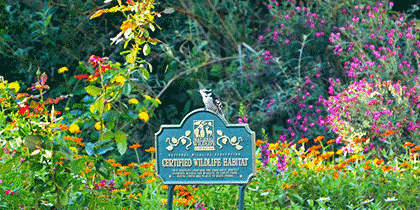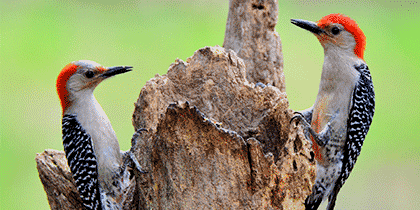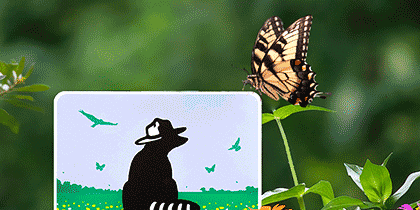
Study Findings from 24 Certified Wildlife Habitats®
This ambitious four-year study looks at 24 Certified Wildlife Habitats® around the country (compared to traditional yards and parklands) and counted the number of animal species present in each. Pilot data suggest that wildlife gardens support more biodiversity, including more bird species, than traditional garden spaces in the study.

Study Findings on the Effect of Yards on Native Birds
This study found that “bird friendly” yards in Cook County, IL were characterized by a variety of evergreen and deciduous trees, a large covering of fruit or berry producing plants, and low incidences of outdoor cats. This study concluded bird-friendly yards saw almost twice as many bird species.

Evaluating Certified Wildlife Habitats® & The Minds Behind Them
Certified Wildlife Habitats® in California have significantly more tree coverage than neighboring non-certified sites, improving water retention, and minimizing erosion and surface habitat. Importantly, these certified habitats reduce atmospheric carbon and local air pollution at much higher rates than non-certified properties. In fact, annually, the 126 National Wildlife Federation Certified Wildlife Habitats® studied sequester 811.62 metric tons of CO2 more than their non‐certified neighbors.

Million Pollinator Gardens’ Collection of Sources
This collection of sources shows how small-scale native plant gardens that incorporate blooming plants in all seasons are proven to increase pollinator abundance and diversity.

Published Works by Douglas W. Tallamy
Doug Tallamy is a longtime partner with the National Wildlife Federation’s goal to create local habitat with his message that every garden can be beacon for in the fight against biodiversity loss. His books stands as a profound testament to his extensive career as an entomologist and professor, and is deeply rooted in rigorous research and a passion for promoting biodiversity through the strategic planting of native species.









